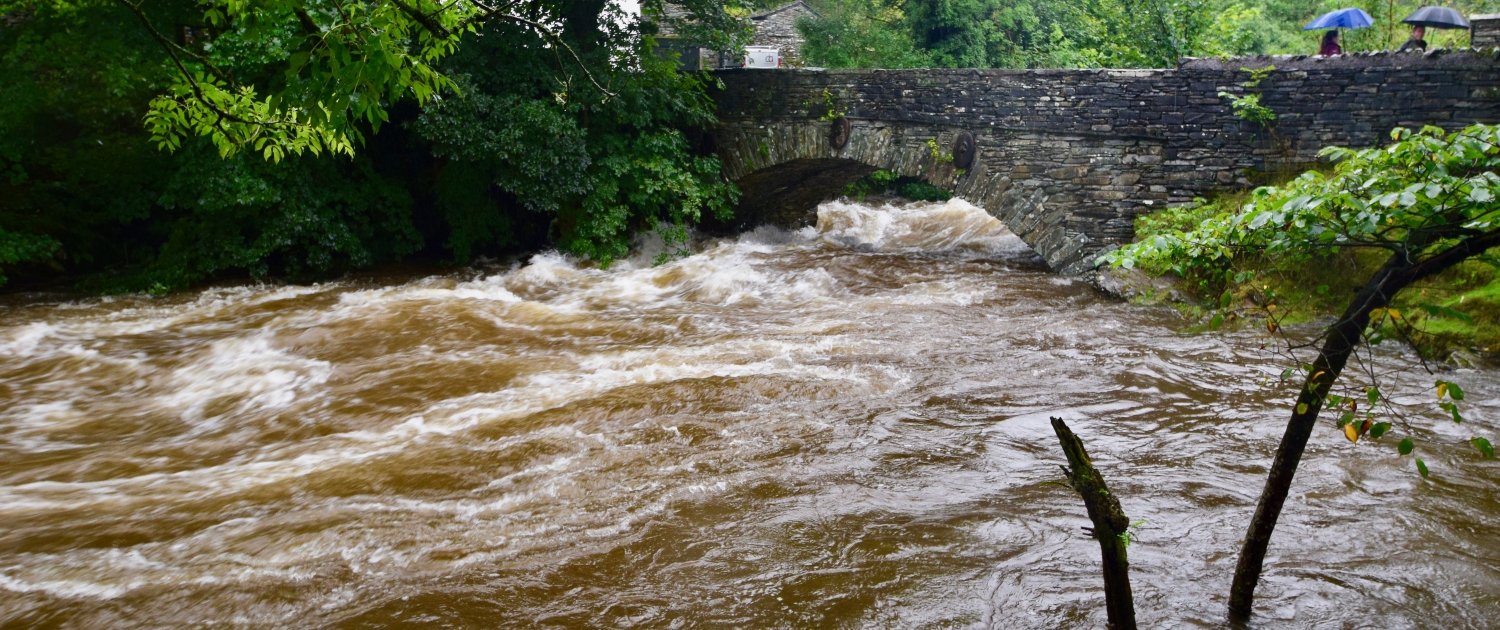How do weather and climate affect river landscapes?
Climate
Rainfall has a significant impact on river processes and landscapes. Rivers in areas of the UK with wetter climates have a higher discharge as there is more water entering the channel. Rates of erosion increase with discharge as the river has more energy to erode the river bed and banks. In the upper course of the river, this leads to vertical erosion, forming v-shaped valleys. In the lower course, lateral erosion leads to the formation of flood plains.
Transportation also increases with discharge. As energy increases so do the capacity of rivers to transport material.
Locations with high rainfall experience greater chemical weathering. Carbonation and dissolution can occur when slightly acidic water comes into contact with bedrock along the river valley. This can affect the landscape by making valley sides less stable and steeper.
Temperature also affects river processes. During winter temperatures can fall below freezing, particularly at night and in upland areas. This leads to freeze-thaw weathering. Chemical weathering tends to increase during the summer as temperatures rise. These processes of weathering can affect the shape of a river landscape as mass movement such as rockfalls become more likely, as it loosens material on the valley side. Some of this material can enter the river channel and be transported when discharge increases.
Short-term weather events
River processes and landscapes can are also affected by weather events such as droughts and storms.
Storms bringing heavy rainfall causes the ground to be saturated. This can lead to mass movement on valley sides such as slumping and sliding which can result in material entering the river channel.
Heavy rainfall, resulting from storms, can lead to rapid run-off causing the volume of water in a river channel to quickly increase. This leads to an increase in transportation and erosion by abrasion and hydraulic action. This is most likely to occur in the upper stages of a river.
The increase in river flow caused by storms can lead to the neck in meanders being breached, forming ox-bow lakes.
Flooding in the lower course of the river caused by storms can lead to the formation of levees.
Drought reduces the flow of water in a river. This leads to less transportation and erosion. Mass movement is also less likely to occur.
Related Topics
Use the images below to explore related GeoTopics.



